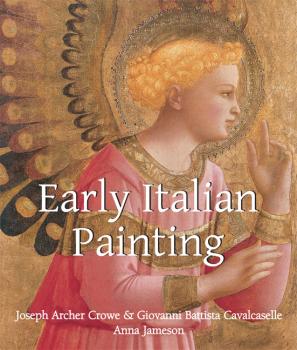Joseph Archer Crowe
Список книг автора Joseph Archer CroweLes Primitifs Italien
Oscillant entre la majesté artificielle des icônes byzantines et la profondeur naturaliste initiée par Giotto, l’art des primitifs italiens incarne les premiers pas vers l’art de la Renaissance. S’essayant à d’autres supports, ces premiers artistes délaissèrent peu à peu la fresque pour les panneaux de bois amovibles. Si le hiératisme des visages peut choquer nos yeux néophytes, à l’époque, cette distanciation soulignait la divinité des personnages représentés. Cette sacralité était renforcée par les fonds illuminés à la feuille d’or. L’élégance de la ligne et le choix des couleurs les plus denses concouraient également à rendre perceptible l'invisible. Ce livre s’attache à souligner l’importance capitale que joua l’humanisation du sacré, ouvrant une porte discrète mais définitive vers l’humanisme cher à la Renaissance.
Early Italian Painting
Oscillating between the majesty of the Greco-Byzantine tradition and the modernity predicted by Giotto, Early Italian Painting addresses the first important aesthetic movement that would lead to the Renaissance, the Italian Primitives. Trying new mediums and techniques, these revolutionary artists no longer painted frescos on walls, but created the first mobile paintings on wooden panels. The faces of the figures were painted to shock the spectator in order to emphasise the divinity of the character being represented. The bright gold leafed backgrounds were used to highlight the godliness of the subject. The elegance of both line and colour were combined to reinforce specific symbolic choices. Ultimately the Early Italian artists wished to make the invisible visible. In this magnificent book, the authors emphasise the importance that the rivalry between the Sienese and Florentine schools played in the evolution of art history. The reader will discover how the sacred began to take a more human form through these forgotten masterworks, opening a discrete but definitive door through the use of anthropomorphism, a technique that would be cherished by the Renaissance.

